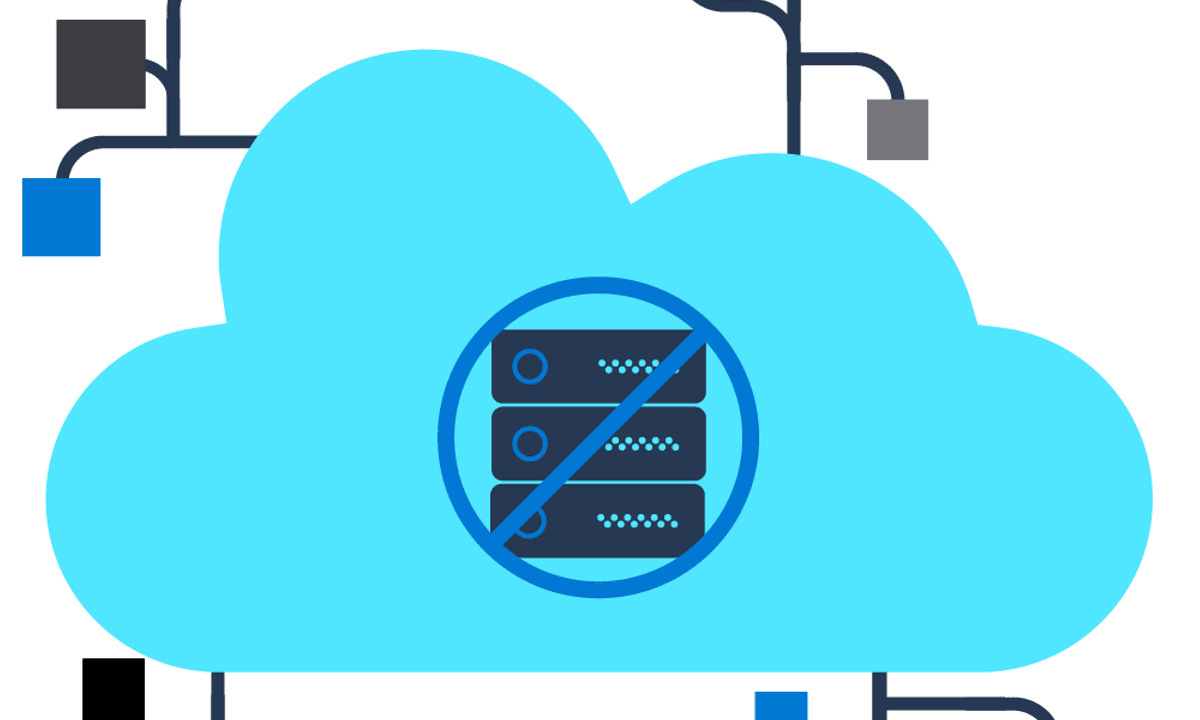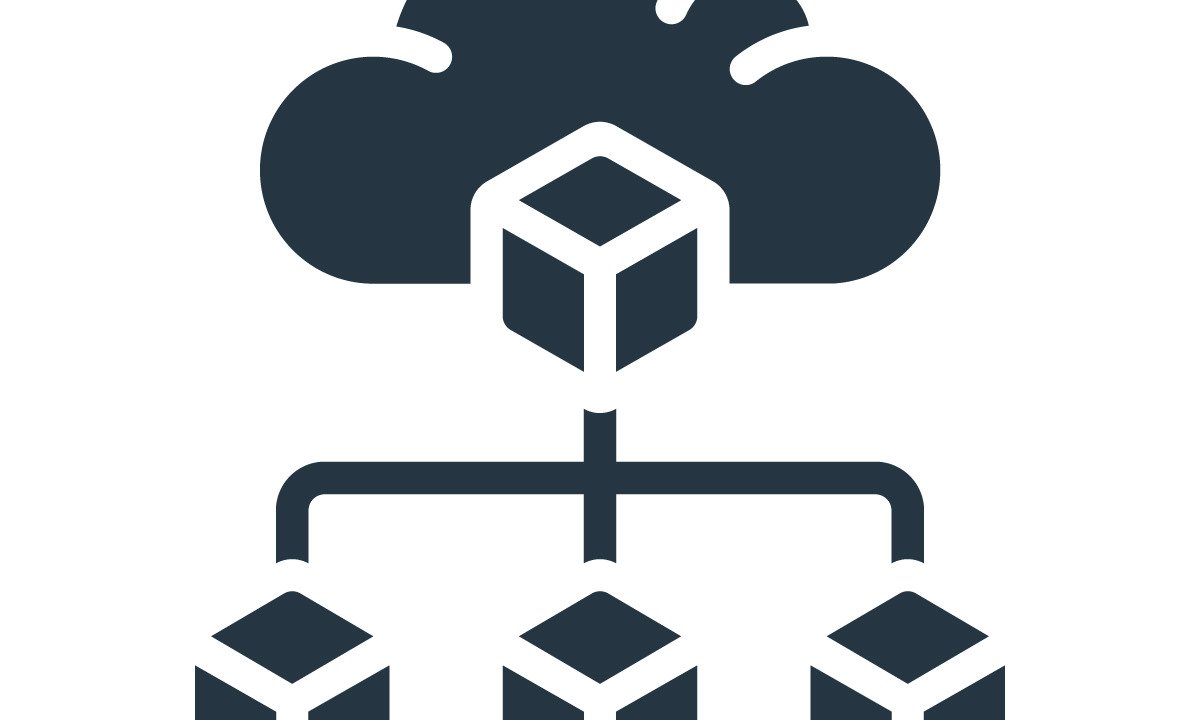GRATIS
Application Development using Microservices and Serverless
Acerca de este curso
- Introduction to Microservices
- In this module, you will learn methodologies to follow while creating microservices. Learn the best practices for your application’s development, deployment, and operation stages. Also, understand how microservices allow you to independently design, deploy, and scale them while avoiding a single point of failure in your architecture. And finally, get an insight into different anti-patterns to avoid while designing microservices-based applications.
- Web API Essentials: REST API and GraphQL
- In this module, you will learn about the REST architecture, its key characteristics of flexibility, uniformity, and scalability. Create your very first REST based API using Python and Flask. Use Swagger to document it and test it using cURL, Postman, and a functionality provided by Swagger. Learn the importance of API Gateways, why you need them, their advantages, especially for abstracting your backend and allowing you to plug additional services.
- Serverless Overview
- In this module, you will learn the basics of Serverless applications, and compare them with Containers and Traditional computing models while looking at the advantages and disadvantages of each. You will also understand the Function-as-a-Service model and its constraints. Further, get an overview of the Serverless Framework, a reference architecture, and other use cases. And finally, you will learn about the serverless platforms most commonly used these days.
- Create and Deploy Microservices using Serverless
- In this module, you will learn about how the IBM Cloud Code Engine builds and deploys your apps in seconds. You will then be introduced to IBM Cloud Code Engine’s use cases: deploy applications, build and deploy applications, and run jobs. Next, you will use a Dockerfile to build a container-based application. You will learn to use the IBM Cloud Console or IBM Cloud CLI to perform the application deployment tasks and then deploy it on the IBM Cloud Code Engine.
- Final Project
- Optional: OpenShift Essentials/Working with OpenShift and Istio
- Discover how Red Hat® OpenShift®, a container platform for Kubernetes, helps you automate the provisioning, management, and scaling of your Cloud applications. Explore what a service mesh is and how service meshes benefit organizations who are using microservices. Wrap up this module with an understanding of microservices on OpenShift.
Cursos relacionados

GRATIS Aprendiendo a aprender: Poderosas herramientas mentales…
Deep teaching solutions
Español

GRATIS Programación para todos (Introducción a Python)
University of Michigan
Inglés

GRATIS The Science of Well-Being
Yale
Inglés

GRATIS Negociación exitosa: Estrategias y habilidades esenciales
University of Michigan
Inglés

GRATIS Primeros Auxilios Psicológicos (PAP)
Universitat Autónoma de Barcelona
Español



